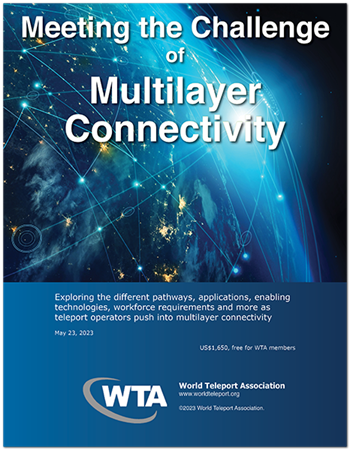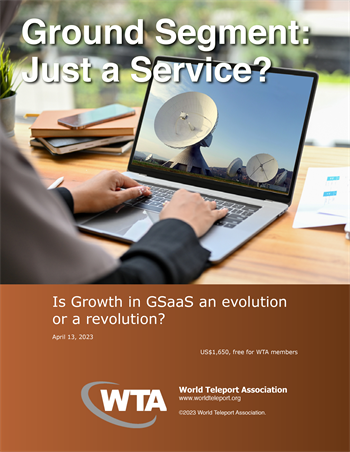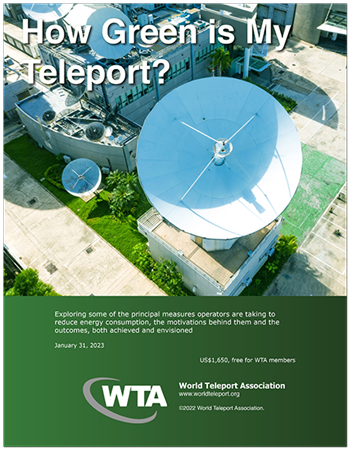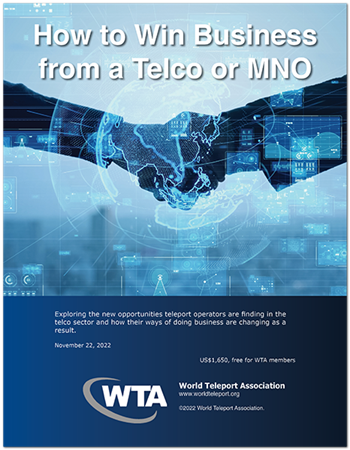WTA has released its newest research report, Meeting the Challenge of Multilayer Connectivity. The report is free for WTA Members and available for purchase by others. Click here to get the report.
| About the Report: Starlink has made headlines in the industry by offering its consumer-grade satellite broadband service for maritime, enterprise, energy and mining applications. Customer interest is high because of the drastically lower price of the service, despite the fact that only one-quarter of the Starlink constellation has been launched, and both pilot projects and commercial deployments are underway. With SES mPOWER scheduled to start service in Q1 2023 and OneWeb by the end of the year, multi-orbit networks are rapidly become a practical reality. But what has been the experience of ground-based service providers in integrating LEO and MEO in a package that meets the QOS and SLA needs of their customers? What essential technologies are making it possible and how are they operating in practice? In this report, WTA learns the answers from teleport operators and technology providers deploying commercial services on the leading edge. |
 |
 |
 |
 |
||
Ground Segment: Just a Service?Ground-segment-as-a-service can sound like a contradiction in terms. No one has yet invented the data system that can exchange RF with orbiting satellites on its own. Physical communications infrastructure, from antennas and HPAS to modems and digitizers, are required to close the links, not to mention the staffing, expertise and management systems to make it happen. But GSaaS is a reality, and traditional ground segment service providers risk finding themselves in the place of taxi drivers who kept driving around looking for fares while rideshare companies were giving their customers the power to book a ride on their smartphones. In this report, WTA examines the differing business models of today’s GSaaS providers, the markets they serve, and the benefits and risks of integrating a teleport’s physical and data systems with this new class of service providers. |
How Green is My Teleport?Energy is one of the largest expense items for teleport operators, as well as a major generator of greenhouse gases. This offers an opportunity to improve the bottom line while contributing to the battle to limit climate change. Effective sustainability policies and practices are more than something that “feel good” – customers increasingly demand to know what a company’s sustainability posture is, and smart practices can add measurably to facility resilience. In this report, WTA interviews satellite and teleport operators as well as technology executives about their approaches to enhancing the sustainability of their ground facilities, reducing power consumption and reigning in business practices that generate both costs and carbon. |
How to Win Business from a Telco or MNOTelephone companies were among the first customers for satellite communications, which they relied on for transoceanic voice calls. Today, the “telco” provides services from end-user voice, internet and television to internet transport and peering and enterprise networks spanning continents. Satellite has played no more than a marginal role in those services. All that is changing, however, as satellite and teleport operators increasingly adopt the digital standards and processes that automate most terrestrial wired and mobile telecom. In this report, WTA interviews satellite and teleport operators about the new opportunities they are finding in the telco sector, the requirements they face, their integration strategies and how their ways of doing business are changing as a result. |





